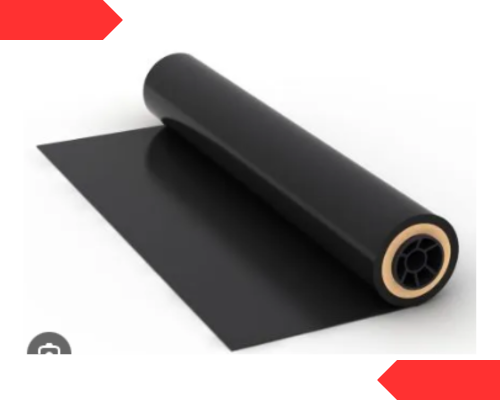Conductive Plastic Sheets
Conductive extruded sheets are specialized materials designed to provide high levels of electrical conductivity. They find applications in industries where effective electrical grounding and dissipation of static electricity are critical. In this section, we will explore the applications, requirements, surface resistivity, and advantages of conductive extruded sheets.

Applications:
Electronics Industry:
Conductive extruded sheets are extensively used in the electronics industry. They are employed for the manufacturing of components, trays, and packaging materials that require excellent electrical conductivity. Conductive sheets are used to shield sensitive electronic devices from electromagnetic interference (EMI) and to provide grounding paths for static charges.
Aerospace and Defense:
Conductive extruded sheets have applications in the aerospace and defense sectors. They are used for manufacturing components, enclosures, and structures that require electrical conductivity. Conductive sheets help dissipate static charges and provide protection against EMI in aircraft, satellites, communication systems, and military equipment.
Automotive Industry:
Conductive extruded sheets find applications in the automotive industry. They are used for manufacturing components that require electrical conductivity and EMI shielding. Conductive sheets are used in the production of sensors, connectors, and shielding materials to ensure reliable operation, reduce electromagnetic interference, and provide grounding paths for electrical systems.
Medical and Healthcare:
Conductive extruded sheets have applications in the medical and healthcare sectors. They are used for manufacturing equipment and devices that require electrical conductivity and EMI shielding. Conductive sheets are used in medical imaging systems, diagnostic equipment, and surgical instruments to ensure proper grounding and minimize interference with sensitive electronic components.
Requirements:
Electrical Conductivity:
Conductive extruded sheets must exhibit high electrical conductivity to provide effective grounding and dissipation of static charges. The sheets should have a low electrical resistance to allow for the flow of electrical current and ensure reliable electrical grounding in various applications.
Surface Resistivity:
Conductive extruded sheets have specific surface resistivity requirements. Surface resistivity refers to the ability of the material’s surface to resist or conduct the flow of electric charges. Conductive sheets are engineered to have low surface resistivity, typically falling within a specific range, such as 10^3 to 10^6 ohms/square, depending on the application requirements.
Surface Resistivity:
Conductive extruded sheets have a low surface resistivity, allowing for the efficient dissipation of static charges. The surface resistivity is typically measured in ohms per square (Ω/sq). Conductive sheets are designed to provide a controlled and reliable path for electrical current, ensuring effective grounding and dissipation of static electricity.
Advantages:
Electrical Conductivity:
The primary advantage of conductive extruded sheets is their high electrical conductivity. They provide a reliable pathway for electrical current, ensuring effective grounding and dissipation of static charges. This property is crucial in applications where electrical conductivity is necessary to prevent damage to sensitive electronic components and systems.
EMI Shielding:
Conductive extruded sheets offer excellent electromagnetic interference (EMI) shielding properties. They help block or redirect electromagnetic waves, minimizing the interference between electronic devices and systems. Conductive sheets are particularly valuable in applications where EMI protection is critical to ensure the proper functioning of electronic equipment.
Static Dissipation:
Conductive extruded sheets effectively dissipate static charges, preventing electrostatic discharge (ESD) and potential damage to sensitive components. By providing a controlled path for static electricity to flow to the ground, conductive sheets reduce the risk of ESD-related failures and ensure the reliability of electronic systems.
Durability and Longevity:
Conductive extruded sheets are durable and long-lasting materials. They exhibit excellent resistance to wear, impact, and chemical exposure, ensuring their longevity in demanding industrial environments.
